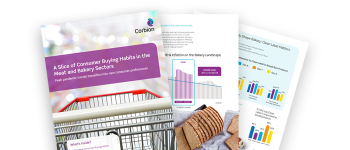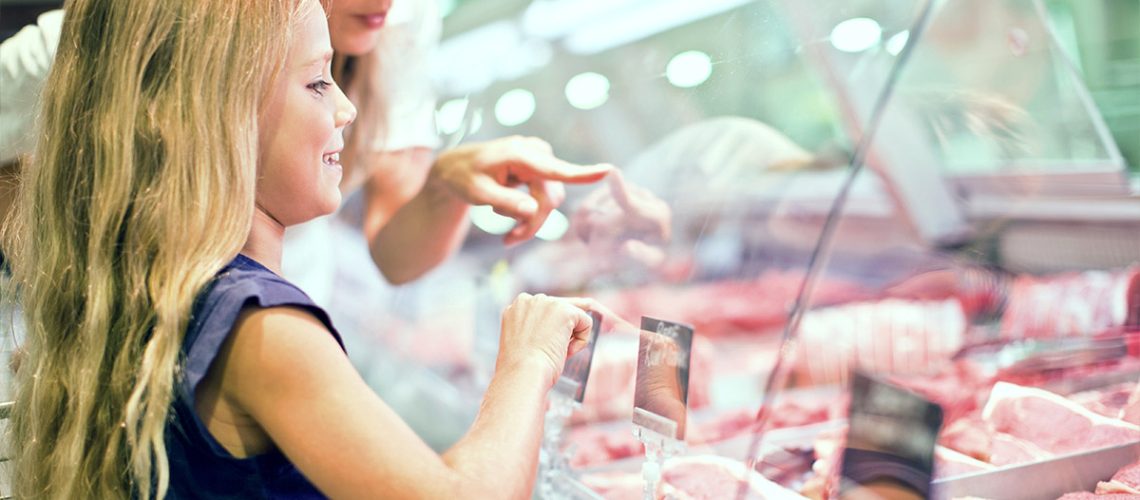Corbion’s insights team recently conducted a series of consumer pulse surveys to understand the changing dynamics of household grocery purchases amid shifting economic conditions. The data revealed intriguing patterns when comparing the first quarter of 2023 to the last quarter of 2022. Despite the economic turbulence marked by inflation, meat consumers are adapting their shopping habits, but their love for meat endures.
Inflation’s Influence on Purchasing Behavior
Unquestionably, consumers have been feeling the pinch of increased food and beverage prices. This was confirmed by a recent IFIC report from April 2023, in which a significant 72% of surveyed consumers reported noticing a major increase in the cost of their food and beverage purchases over the past year.1
Faced with this situation, consumers are adapting their shopping habits. Approximately 47% of the participants who indicated noticed a significant increase in food and beverage costs, have cut back on non-essential purchases, opting for less expensive products or eschewing premium or branded items.1 Notably, this impact is felt differently across generational lines. As per Global Data, younger shoppers (ages 16-34) are more likely to curtail their grocery spending than older shoppers (aged 55+).2
For meat consumers, the story is slightly different. Half of the respondents say inflation has somewhat disrupted their lifestyles, leading to changes such as more online shopping, joining loyalty programs, and a shift toward shopping at club stores.3 Interestingly, online price comparison—chosen by 44% of U.S. consumers as a coping mechanism for rising prices—is a trend more popular among consumers aged 35-54.2
The Changing Dynamics of Shopping
Fast-forward to 2023, and the shopping habits for meat have evolved. More meat consumers are now shopping several times a week—a rise of 26% from Q4’22 to Q1’23—while the ‘once a week’ shoppers have decreased by 15%.3 This pattern of frequent shopping trips with smaller baskets per trip can alleviate the strain of escalating grocery bills, a trend particularly prevalent among younger consumers aged 16-34.2
Despite the changes, meat consumers are proving their loyalty to their preferred products. The first half of 2023 saw a 15% increase in meat purchases compared to Q4’22.3 Those who reported buying ‘less’ meat cited saving money as their primary motivation, increasing by 4% compared to Q4’22.3
Staying Relevant Amid Changing Economic Landscapes
Ingredients matter to the consumer. Recent consumer survey results indicate that nearly 60% of consumers pay ‘high’ or ‘very high’ attention to the ingredients used in their foods and drinks.1 This trend is especially pronounced among the younger generations, with 40% of consumers regularly buying products labeled as ‘natural.’1,2
It is no surprise that value –add meat has become increasingly popular as of late, but perception varies among each meat consumer. In 2023, ‘All Natural’ has become a defining attribute for meat consumers, contributing significantly to perceived value. The importance of ‘All Natural’ rose by 11% from Q4’22 to Q1’23, while the significance of ‘U.S raised’ saw a decline of 6%.3
The landscape of consumer behavior is complex and constantly changing, but Corbion remains committed to capturing these consumer shifts and ensuring our partners stay ahead of the curve. At Corbion we offer more than just data, we offer perspective and in-depth analysis. If you are curious about consumer purchasing trends within processed meats or bakery applications, we can tell you not only what’s happening, but we can offer you our hypothesis as to why it’s happening.
Sources:
1 International Food Information Council.2023 Food & Health Survey. May23, 2023. [https://foodinsight.org/2023-food-health-survey/]
2 GlobalData. 2023 Q1 Consumer Survey – USA.
3 Corbion. Proprietary Research, 2023.


